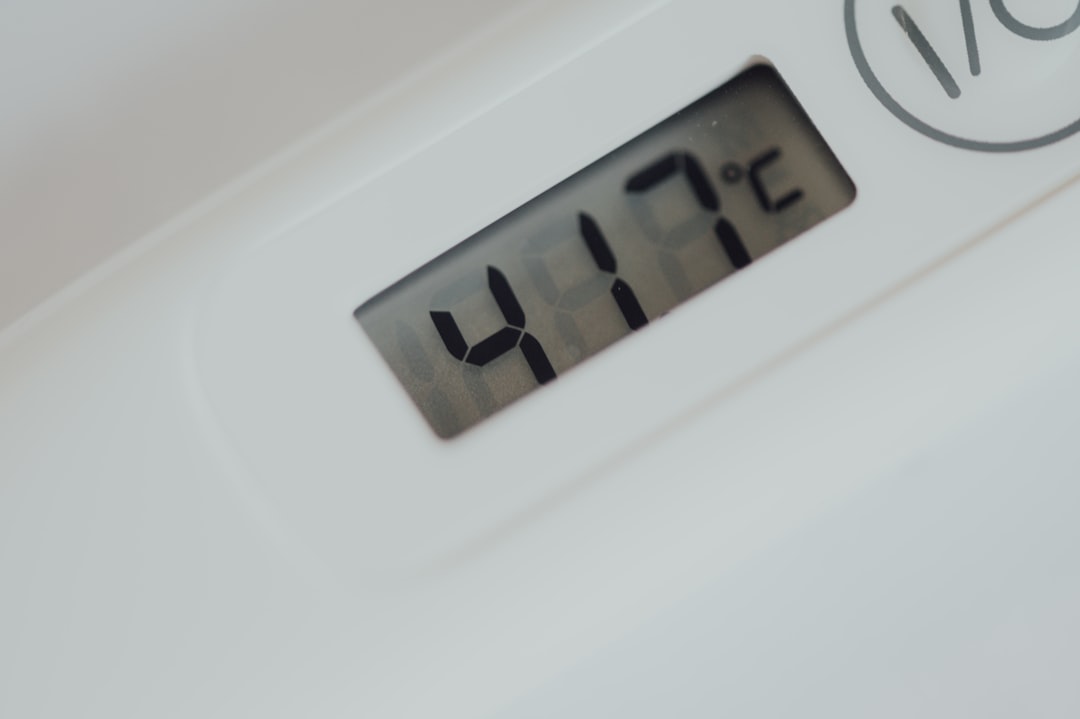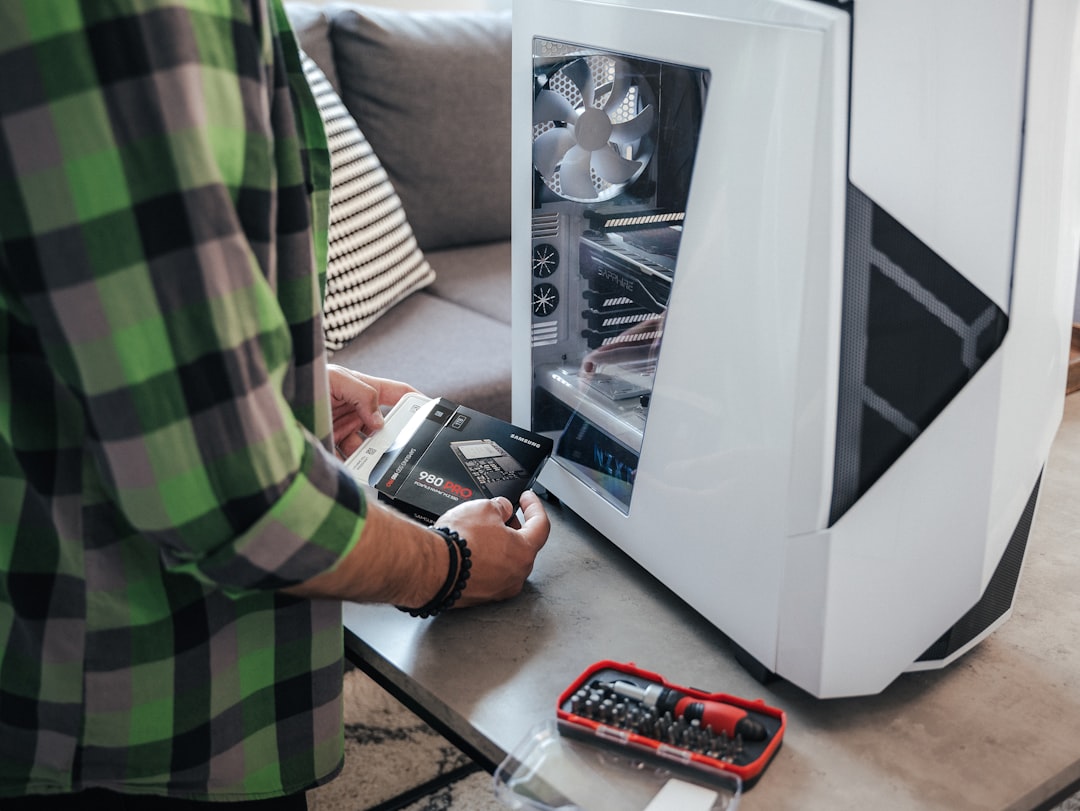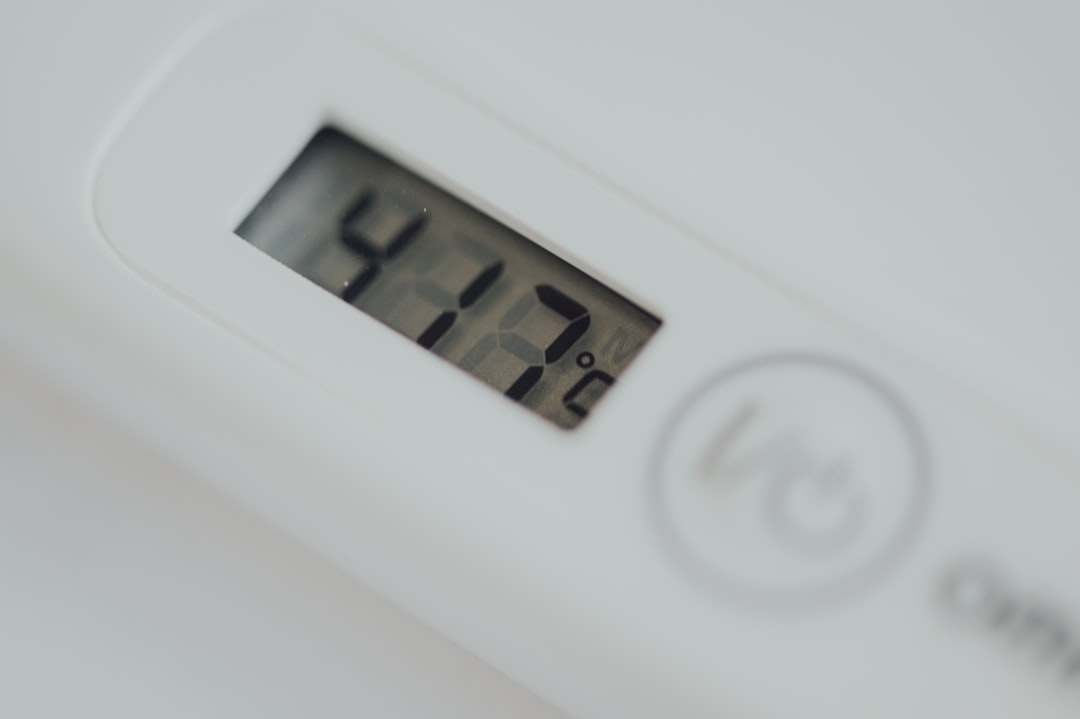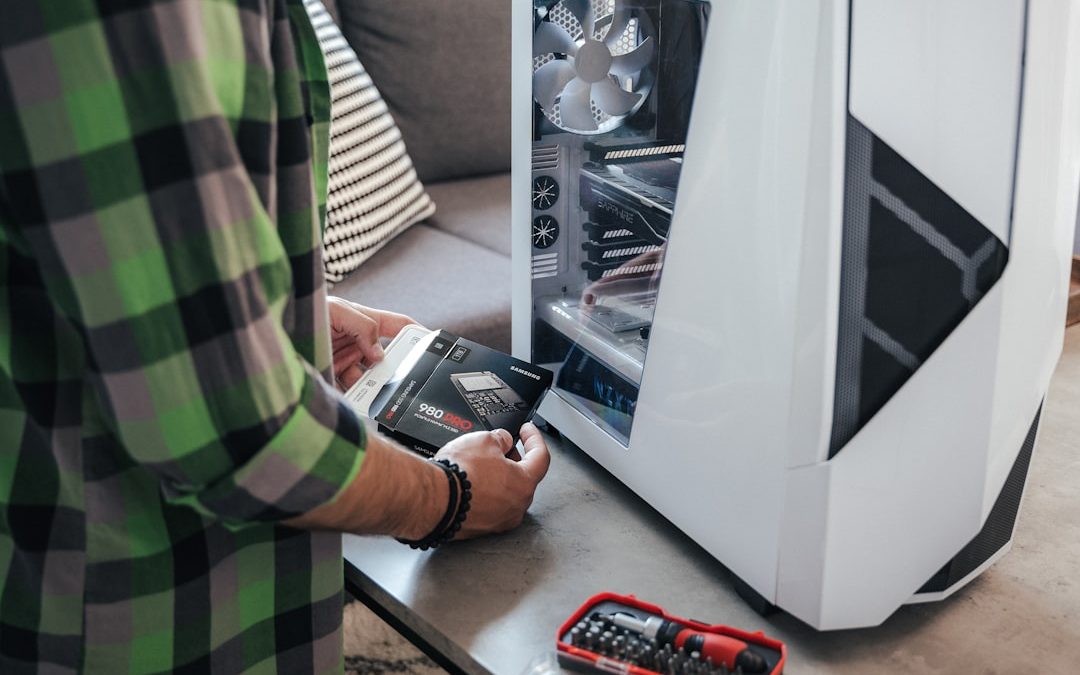When you power on your computer and are greeted by a dreaded “CPU Over Temperature Error”, it can be a cause for concern. This warning indicates your processor is getting too hot — possibly hot enough to cause hardware damage. Don’t panic. With a few key steps, you can identify the issue and bring things back to normal.
What is a CPU Over Temperature Error?
This error typically appears on your BIOS screen during startup. Motherboards monitor the CPU temperature, and if it goes beyond a certain threshold (usually 80–90°C), the system will alert you or even shut down to avoid damage. It’s a safety mechanism but also a warning sign of underlying issues.

Causes of CPU Overheating
Several factors can contribute to an overheating CPU. Some of the most common include:
- Poor ventilation in the PC case
- Malfunctioning or misaligned CPU cooler
- Dust buildup in the case or heat sink
- Dried or insufficient thermal paste
- Overclocking without adequate cooling
- High ambient room temperatures
Now that we understand what causes it, let’s walk through how you can fix it.
Step-by-Step: How to Fix the CPU Over Temperature Error
1. Turn off your PC and unplug it
Before doing anything inside the case, power down your system completely and unplug it from the wall. You don’t want to risk electric shock or damage to your components.
2. Open your PC case
Use a screwdriver if needed to remove the side panel of your case. This will give you access to the CPU cooler and motherboard. If your case has a lot of dust, give it a visual inspection now.
3. Clean out dust
Dust is a huge enemy of airflow and can trap heat. Using a can of compressed air, clean out the CPU fan, heat sink, and other case fans. Be sure to also blow out the power supply and motherboard area.
4. Check CPU cooler placement
Is the CPU cooler properly seated on the CPU? If it appears loose or misaligned, it might not be making proper contact with the chip. You may need to remove the cooler and reinstall it.

5. Reapply thermal paste
Over time, thermal paste — the material that helps transfer heat from your CPU to its cooler — dries out. Remove the old thermal paste using isopropyl alcohol and a lint-free cloth. Apply a pea-sized amount of new thermal paste to the center of the CPU before reseating the cooler.
6. Check fan functionality
Ensure your CPU fan is spinning up properly when you power on the system. If it’s not spinning, the fan or fan header might be faulty. Try connecting it to a different header on the motherboard or replacing the cooler entirely.
7. Improve case airflow
Sometimes the CPU cooler runs fine, but poor case airflow causes heat buildup. Make sure there are enough intake and exhaust fans. Moving cables out of the way and ensuring proper airflow channels can also help.
8. Update BIOS
In rare cases, the BIOS might incorrectly report CPU temperatures. Go to your motherboard manufacturer’s website and check if a BIOS update is available. Be sure to follow official instructions for updating safely.
9. Monitor temperatures in real time
After addressing the issue, use software tools like HWMonitor, Core Temp, or MSI Afterburner to check that your CPU is running within safe temperature ranges. Idle temperatures should lie between 30–50°C, and under load should stay under 85°C for most CPUs.
Prevention Tips
Once you’ve resolved the problem, a few practices can help you prevent it from returning:
- Clean your PC regularly to reduce dust buildup.
- Use high-quality thermal paste and apply it properly.
- Avoid overclocking unless you have a quality cooling solution.
- Maintain good airflow through proper case fan placement.
Conclusion
A CPU Over Temperature Error might sound terrifying, but it’s often a fixable issue with a little maintenance and attention to detail. Understanding the root causes — whether it’s dust, bad thermal paste, or poor airflow — is key to protecting your CPU and keeping your system healthy. With regular checkups and proactive care, your computer will run cooler and more reliably for years to come.

yehiweb
Related posts
New Articles
Managing Server Security Databases
In today’s digital landscape, organizations of all sizes depend on the performance and safety of their server infrastructure. With increasing…


